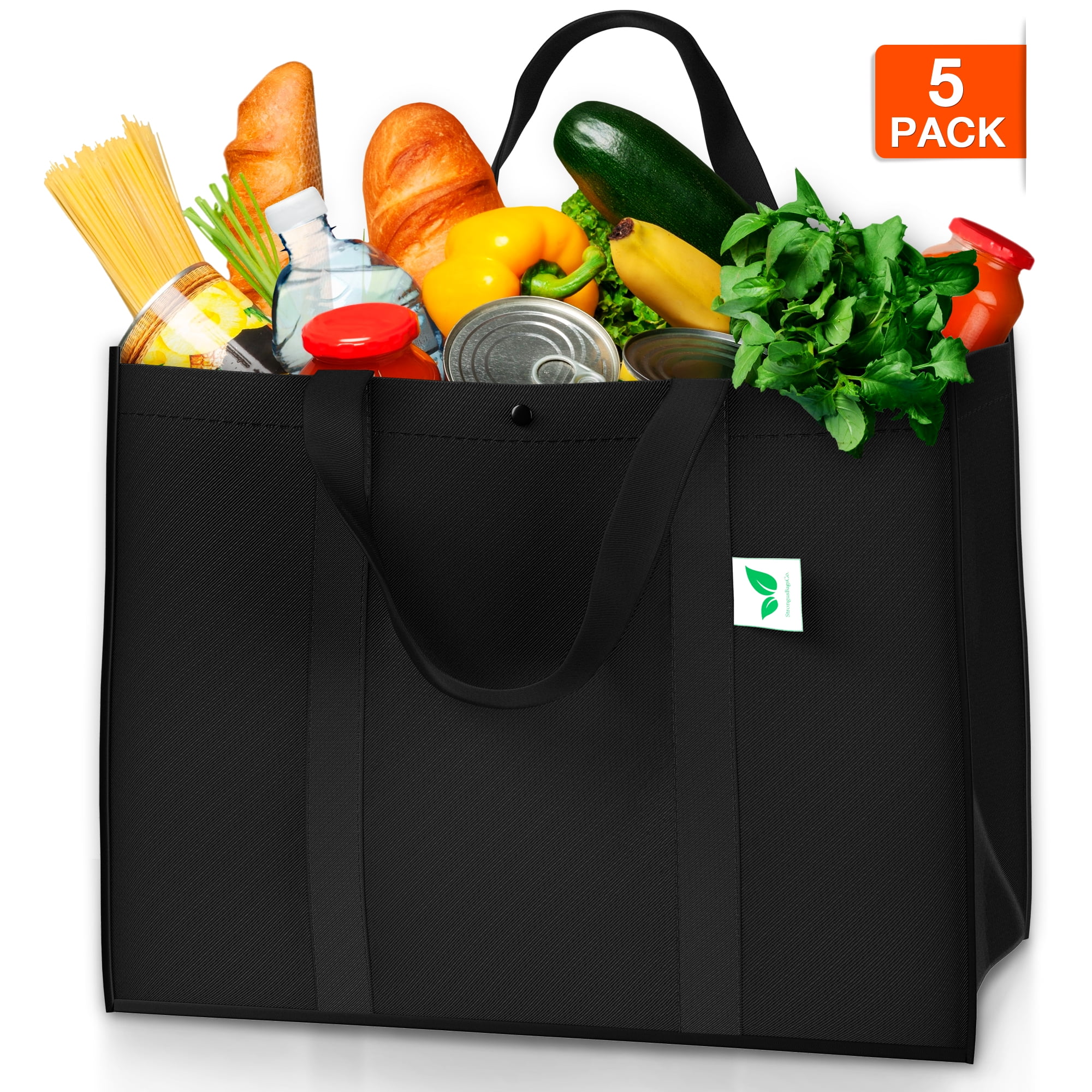picture of grocery bag “paper or plastic?” – jerry baker's whats growin' on
In today's fast-paced world, the choice between convenience and sustainability often presents a dilemma, especially when it comes to shopping. This not only applies to the types of bags we use but also to the overall impact our choices may have on the environment. The discussion around paper versus plastic bags has been ongoing for many years, with various studies illustrating the pros and cons of each option. Below, we delve into this topic in detail, showcasing some useful resources and design ideas that may aid in making eco-friendly choices.
Paper or Plastic? Insights on Eco-Friendly Choices

The image above brings to mind a common question faced by consumers at checkout lines: “Paper or plastic?” This query influences not only our shopping experience but also has broader implications for waste management and environmental sustainability. Paper bags, made from renewable resources, are biodegradable and can break down in a matter of months, while plastic bags pose a greater environmental threat, often persisting for hundreds of years. However, the production process of both types contributes to greenhouse gas emissions and resource depletion.
As consumers, we need to weigh these factors carefully and consider alternatives. For example, using reusable bags can significantly reduce our carbon footprint and lessen the demand for single-use products. These bags often come in various materials, including canvas, which boasts durability and reusability compared to standard paper and plastic options.
Stylish and Functional: Explore Sewing Patterns for Tote Bags

Crafting your tote bags can be a fun and rewarding project, opening up a world of design possibilities. The image above showcases an array of sewing patterns specifically tailored for creating tote bags from PVC fabric. Not only are these designs functional, but they also allow for personal expression, enabling you to choose colors and patterns that resonate with your style.
Engaging in a DIY project to make reusable bags can not only prevent waste but also foster creativity. By selecting durable fabric, such as PVC, you ensure the longevity of the tote, making it a preferred choice for everyday shopping. Additionally, these bags can be easily cleaned, which adds to their practicality. Sewing patterns are widely available, and novice sewists can find step-by-step guides to assist them in learning how to stitch their own eco-friendly bags.
Moreover, this shift towards personalized and reusable bags reflects a larger cultural trend toward sustainability and conscious consumerism. As more people embrace these practices, the demand for single-use bags is likely to diminish, pushing retailers to reconsider their packaging practices.
To cultivate an environmentally-friendly shopping habit, it is essential to organize our routines to utilize these reusable bags effectively. Setting reminders to carry these bags, ensuring they are clean and easily accessible, and encouraging friends and family to join in can amplify their usage and promote a collective commitment to reducing plastic waste.
Ultimately, the decision to choose either paper or plastic—or even better, to use reusable alternatives—requires thoughtfully considering one's practices and their effects on the environment. As we become more informed and conscientious consumers, we can drive societal change toward a more sustainable future. This shift not only benefits our planet but also contributes to a legacy of environmental mindfulness for future generations.
In conclusion, embracing sustainable practices in our daily lives can be achieved through small changes, such as choosing reusable bags or crafting tote bags that reflect our individual personalities. By being proactive, we can make significant strides in reducing waste and fostering a culture of sustainability, paving the way for more eco-friendly shopping habits.